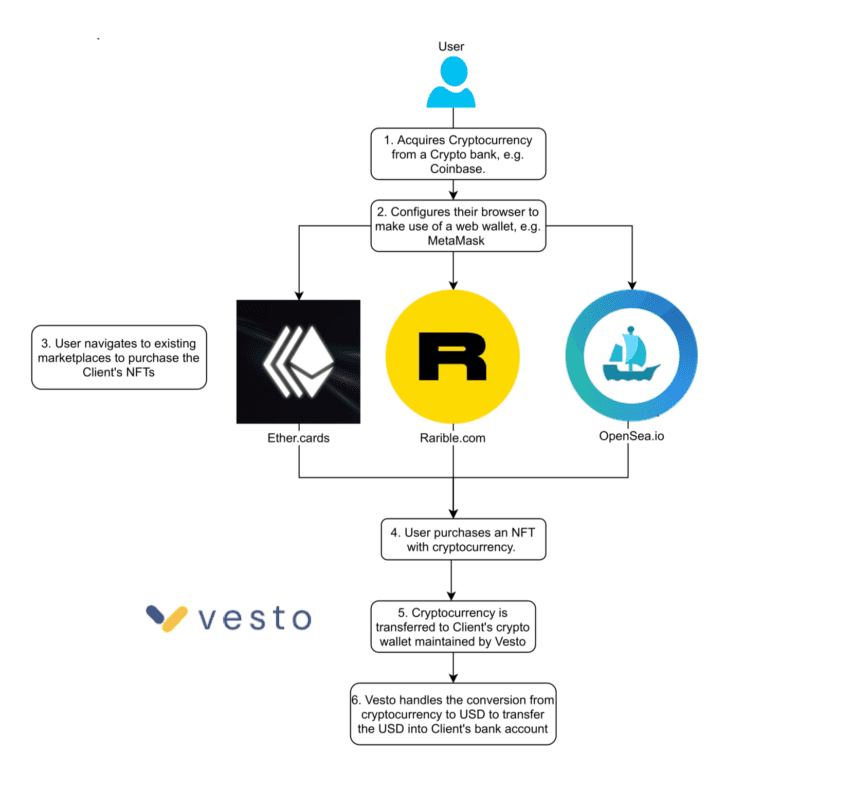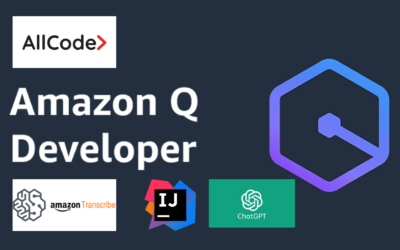Recently, we were approached by a major Hollywood studio because they were interested in selling their art as NFTs. This is not a cut and paste answer - there is much more that goes into it than meets the eye.
NFTs are built on the Ethereum blockchain, and the ERC-721 standard is the beast that enables the creation of these non-fungible tokens. An NFT Marketplace is a platform that enables people to buy, sell, and trade digital artwork. When digital art is tied to the blockchain, you’re able to authenticate the artwork into a token and digitally trade it.
With over 5 years of experience in blockchain, AllCode is a pioneer in the blockchain industry and has the know-how to drive the creation of a suitable NFT solution to fulfill their needs.
When talking with the Hollywood studio, we pitched them two solutions that we thought to be the most practical. Continue reading to learn about the solutions that we presented.
Solution #1
The first solution we offered was through leveraging existing NFT Marketplaces to sell their NFTs. The platforms we had in mind were: OpenSea, Rarible, and EtherCards.
Benefits of an existing NFT Marketplace:
- Client can leverage the existing ecosystem and marketplaces to market their NFTs.
- Client can leverage Vesto to manage their wallets and do the conversion to USD.
- Client doesn’t have to create anything. They only need to mint the NFTs.
Drawbacks:
- Client’s users pay in cryptocurrency.
- The marketplaces will take a transaction fee.
- Client does not control the user experience.
From a user perspective, the process would look like this:
- The user would acquire some cryptocurrency from a crypto bank, such as Coinbase, Binance, etc.
- Next, they would configure their browser to make use of a web wallet. For example: MetaMask.
- The user would send their cryptocurrency from Coinbase to their MetaMask wallet.
- The user would then navigate to the existing NFT Marketplace that the studio would host their digital artwork.
- The user purchases the NFT.
- Once the user purchases the NFT, the funds will transfer from the marketplace to the client’s wallet that is maintained by Vesto.
- Vesto handles the conversion from cryptocurrency to USD then transfers the USD into the Client’s bank account.
Here’s an image that we used to display the above:

Solution #2
The next solution we pitched them was using a proprietary iOS and Android mobile application and website to launch their solution. This option would obviously be more time and cost consuming.
Benefits of using this solution:
- Client controls the user experience.
- Client ensures that people can purchase with USD, which means the cryptocurrency can be hidden for now.
- Client gets paid in USD.
Drawbacks:
- Client has to market the mobile applications and websites to their users.
- Client has to convert USD to crypto to pay the NFT transaction fees on the blockchain.
- Apple and Google will take a cut of the mobile payment transaction.
For the user, the process would look something like this:
- A user downloads the mobile app and interacts with the mobile wallet.
- The user enters their credit card information so that they have the ability to purchase NFTs without inserting their credit card information each time.
- Browse the NFTs that are available for purchase on the mobile app.
- The user purchases an NFT with the wallet they’ve already configured.
- The client is paid in USD via Apple, Android, or a payment integration on their website.
Below is an image of the above to help you better understand the process:

Conclusion
NFTs are going to forever change the way creators distribute their art. As the NFT space is still in its infant stages, there will likely be many implementations that will alter the way we interact with and trade non-fungible tokens.
We encourage feedback in the comment section below. Let us know your thoughts on our approach and how you might’ve angled your pitch differently.



